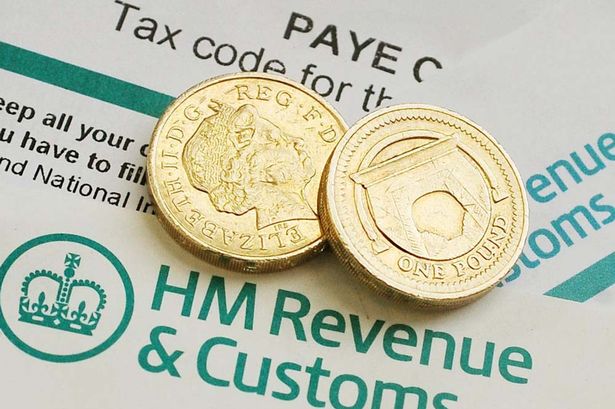Savers who have paid as much cash as they can into pensions this year can look at tax incentives for investing in start-up companies to bolster their retirement finances.
With a £40,000 a year limit on pension contributions, including tax relief, many high earners are looking for other ways to save.
For those earning £110,000 or more, the need is even more acute as pension restrictions can reduce their contributions to just £10,000 a year. The £1 million lifetime allowance is another deterrent to investing in pensions long-term.
The Seed Enterprise Investment Scheme (SEIS) is the first stop for many investors with up to £100,000 looking for a home.
SEIS is a three-year tie-up but comes with market leading tax incentives.
Investors can take 50% relief on income tax paid in the year of investment, or carry some of the money back to the previous year.
Investing in start-ups
Shares in a SEIS company grow free of capital gains tax, while if the start-up fails, loss relief covers much of the deficiency.
The investment limit is £100,000 each tax year.
The Enterprise Investment Scheme (EIS) is the SEIS big brother.
EIS rules are similar for investors, but the rates of relief and amounts allowed to invest are different.
Income tax relief is 30% and the investment limit is £1 million.
While SEIS targets funding for start-ups, an EIS is more for companies on the next stage of growth.
SEIS and EIS are just two of a number of tax incentivised investments backed by HM Revenue and Customs (HMRC) and the British government.
Lesser known reliefs
Others include venture capital trusts (VCT) and social investment tax relief (SITR).
VCTs are five-year tie-ups for investments of up to £200,000 that are corporation tax exempt.
Investors do not pay any income tax on dividends paid on VCT shares.
SITR works much the same way as EIS, with 30% income tax relief on a £1 million maximum investment.
Wealthy investors should take note that investing in one of these schemes does not count towards pension allowances and that investors can take advantage of one or all of the tax incentive schemes at the same time.
